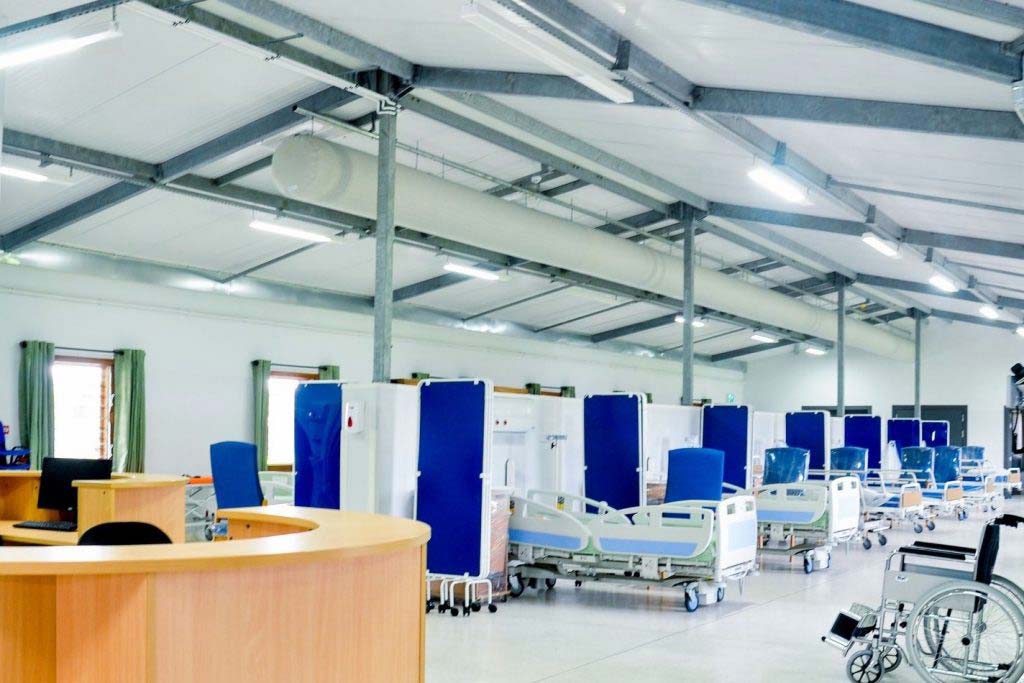In the world of healthcare and pharmaceuticals, ensuring a clean and controlled environment is of paramount importance, and a key factor for maintaining such an environment is proper ventilation. Adequate ventilation not only works to promote the comfort of your staff and patients, but also plays a crucial role in maintaining the highest standards of hygiene and safety across these industries. In the article below, we will discuss the importance of proper ventilation in health and pharma applications, exploring the various ventilation options currently available.
Why Ventilation Matters
Proper ventilation is vital in healthcare and pharmaceutical facilities for a multitude of reasons, including…
Infection Control
In hospitals and healthcare settings, controlling the spread of infectious diseases is a top priority. Efficient ventilation systems help remove airborne contaminants and pathogens, reducing the risk of infection transmission among patients, staff, and visitors.
Product Quality
In pharmaceutical manufacturing, maintaining precise environmental conditions is vital to ensuring product quality. Ventilation systems play a key role in regulating temperature, humidity, and air quality, which are critical factors in pharmaceutical production.
Occupational Safety
Healthcare and pharma professionals work in environments that may expose them to hazardous chemicals and substances. Proper ventilation helps to mitigate exposure, safeguarding the health and safety of your staff.
Comfort and Well-being
Adequate ventilation enhances the comfort of patients, staff, and researchers alike, contributing to their overall well-being. It ensures that indoor air is fresh, free from odour, and comfortable to breathe.
So, what ventilation options are best suited to health & pharma applications?
Several ventilation options are made readily available to the healthcare and pharmaceutical industry, each with its own advantages and considerations.
For example, traditional ductwork systems are a ventilation solution that is commonly utilised within these industries. They offer a durable and efficient ventilation option, but can be costly to install and maintain. Thorough cleaning can be challenging, which poses hygiene concerns.
Ceiling-mounted diffusers are popular in healthcare settings, as they provide even air distribution that works to maintain uniform conditions throughout a space. However, these ventilation solutions can be prone to dust accumulation.
Laminar flow systems are essential in cleanrooms used for pharmaceutical research and production. They create a controlled environment with highly filtered, unidirectional airflow. However, they are complex and expensive to implement.
Fabric ducting systems are swiftly emerging as a noteworthy laboratory, cleanroom, and hospital ventilation solution, gaining popularity due to their adaptable air flow that works to ensure optimal conditions for patient comfort and pharmaceutical processes.
These fabric ducts are also washable, making them an ideal choice for environments in which hygiene is paramount. Regular cleaning helps to prevent dust and microbial build-up, ensuring a clean and safe indoor environment.
In conclusion, proper ventilation is a non-negotiable aspect of health and pharma applications, working to not only maintain a comfortable and safe environment, but also contribute toward infection control and product quality. By embracing modern ventilation solutions, healthcare and pharmaceutical industries can ensure that they meet the highest standards of hygiene and performance.



















